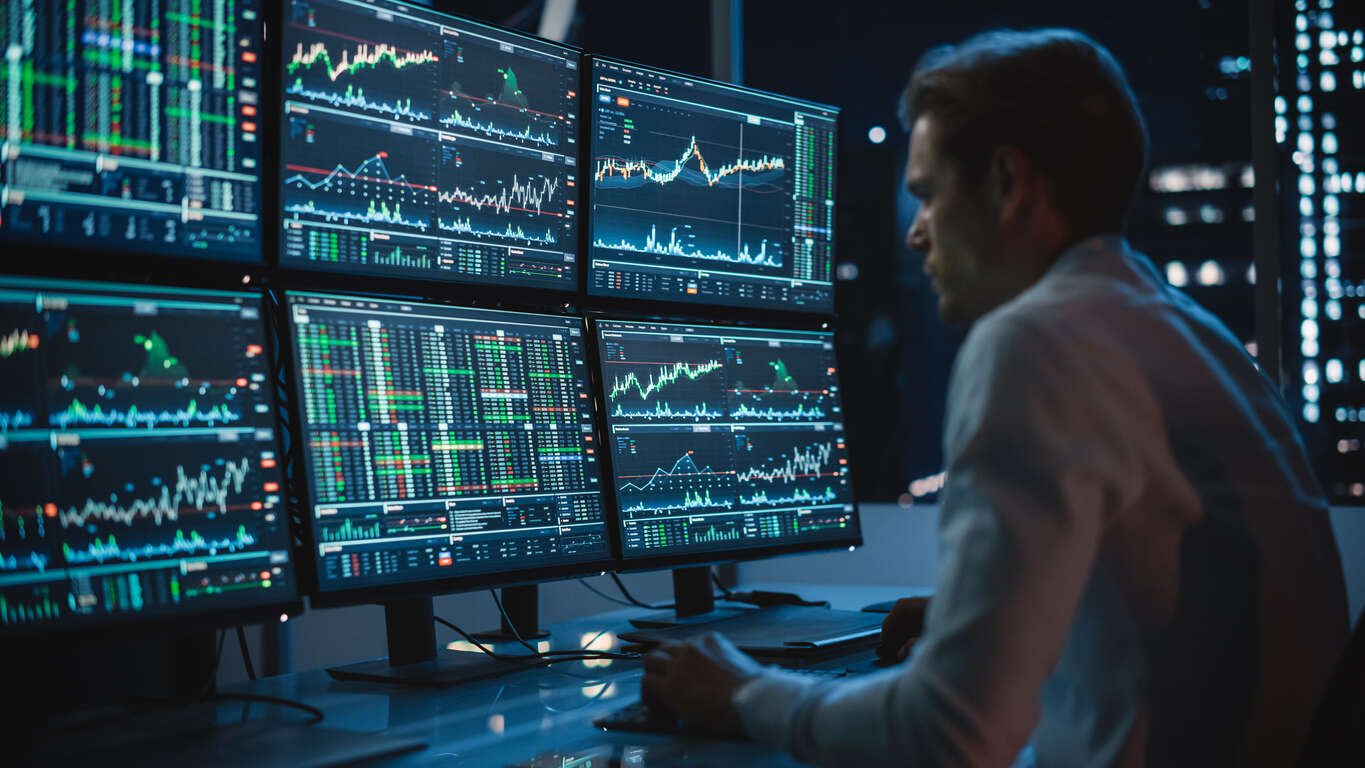BANK CRISES AND CRYPTO SCAMS

One, two, three and four the banks basically are in default, let's switch to cryptos! But also in the digital world we go from the Luna scam to the FTX scam to the crisis of The Rock Trading.
The theme of the decentralised economy thus becomes more and more topical.
FTX: the Lehman Brothers of crypto
The report of FTX disaster began on Sunday 6 November 2022 when in a tweet the co-founder and CEO of the Binance exchange, Changpeng Zhao, raised some serious doubts about the financial resilience of Alameda Research, the trading company affiliated with FTX and its number one, Sam Bankman-Fried.
Alameda Research, in fact, was trading with money deposited by clients at FTX (without their knowledge, of course).
The panic generated among investors was such that the equivalent of $430 million in Bitcoin was withdrawn in just four days. FTX held about 20,000 Bitcoins on 6 November. On 9 November, that number was almost wiped out in the wake of strong doubts about the platform's financial health.
On Friday 11 November 2022, FTX Trading filed for bankruptcy, marking a surprising fall for the world's second largest cryptocurrency exchange.
The story of The Rock Trading
This time the event is all Italian. Stopping the operation is The Rock Trading (TRT), the longest-running Euro/Bitcoin exchange.
In 2007, 'The Rock Insurance Co' was born, a virtual insurance company in 'Second Life', a kind of virtual online world, the first of its kind. In 2010, it decided to change its core business, becoming 'The Rock Trading' (TRD) with a division dedicated to fund management and an exchange specialising in currency and stock trading.
In June 2011, they decided to enter cryptocurrency trading, where the first Bitcoin was traded, making it Europe's first and oldest cryptocurrency exchange.
The main function of the platform was to allow the buying and selling of crypto assets, but it also allowed its customers to 'deposit' cash that was not invested in crypto assets.
On 17 February 2023, TRD announced that it had discontinued operations due to 'difficulties encountered in liquidity management'. Since then, the portfolios have been blocked and it is impossible for investors to get their money back.
What events and causes, corporate or governance, led to this storm cannot be understood at present, as it is clear that these cracks have nothing to do with the volatility of crypto assets, nor with the decentralised nature of the assets traded.
What about protection for investors?
The Rock Trading, was duly registered in the OAM register and this shows us that admission to the register guarantees absolutely nothing.
WAITING FOR THE MICAr REGULATION
We are still waiting for the European MiCAr regulation even though, unfortunately, it is likely to be obsolete and lacking since its creation.
It remains to be clarified whether this project will be sufficient to prevent dramas such as FTX or The Rock Trading: after all, despite the implementation of an extensive system of regulations, controls and supervision, there have been numerous cases of collapse even in traditional banks, not only in Italian banking, but also in Swiss banking.
Silicon Valley Bank and Credit Suisse are the two most recent and evident examples of how the banking and financial system must change route.
Will the failure of The Rock Trading drive users towards decentralised exchanges?
As the cryptocurrency world continues to expand and progress, there is an emerging trend for investors to use decentralised exchange platforms to buy and sell digital assets.
The popularity of DEX has increased significantly, in August the trading volume on DEX exceeded USD 11 billion, indicating a 152% growth on a monthly basis. The growth was mainly driven by increased activity on Uniswap, which on 30 August, even overtook Coinbase in terms of daily volume.
- With traditional order-based exchanges, the market price of an asset is determined by the latest matched buy and sell orders, i.e. the supply and demand of the asset.
- DeFi challenges this centralised financial system by empowering people with peer-to-peer digital exchanges.
FIND OUT WHAT DEFI IS IN THE NEXT LESSON!
AMONG THE MOST PROMISING APPLICATIONS DEFI
An AMM-based DEX has interesting features such as decentralisation, automation and continuous liquidity.

Within a DEX system, a buyer is connected with a seller through a liquidity pool via smart contracts controlled by an Automated Market Maker (AMM).
In fact, in an AMM-based DEX, a liquidity pool acts as a single counterparty for each transaction, with the so-called conservation function that prices assets algorithmically.
As a consequence, the most important features of AMMs are their liquidity pools, and their purely mathematical approach to pricing.
The peer-to-pool method
AMMs implement a peer-to-pool method, in which liquidity providers (LPs) contribute assets to liquidity pools, while individual users trade assets with one or more pools containing the same incoming and outgoing assets and obtain instant liquidity without having to find a counterparty to trade with.
A fascinating aspect of using DEX is that no profile information or user history is required to start trading. Users can access the service using their preferred wallet and start trading as long as there is an adequate level of liquidity available.
Follow us as in the next lessons we will introduce the main players and assets of AMM-based DEXs and look in detail at the economics behind an AMM! #staytuned


